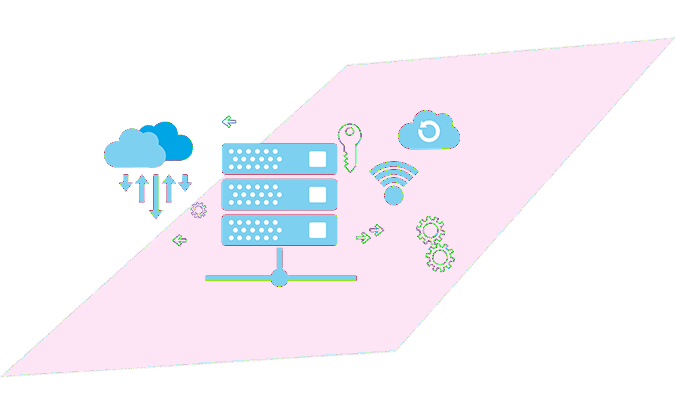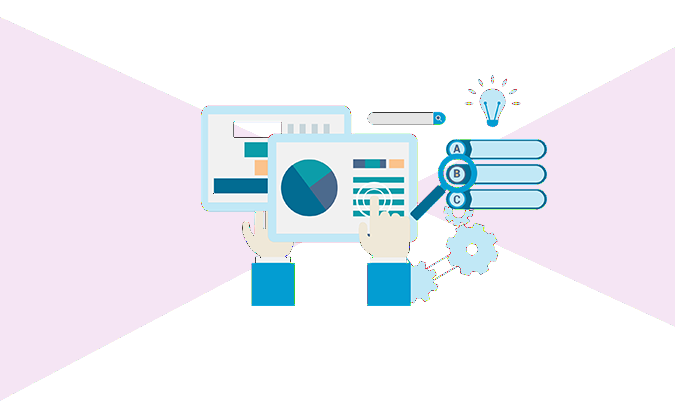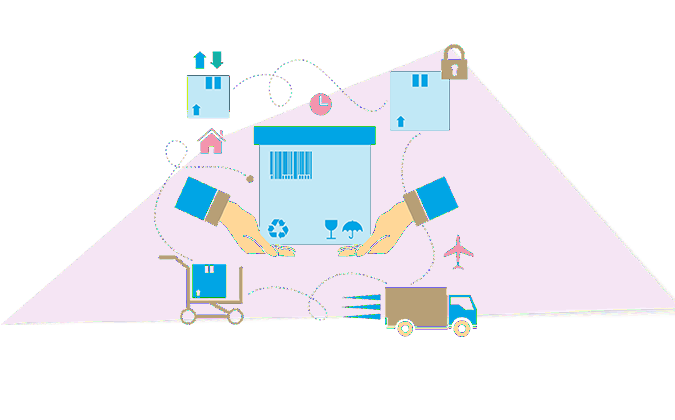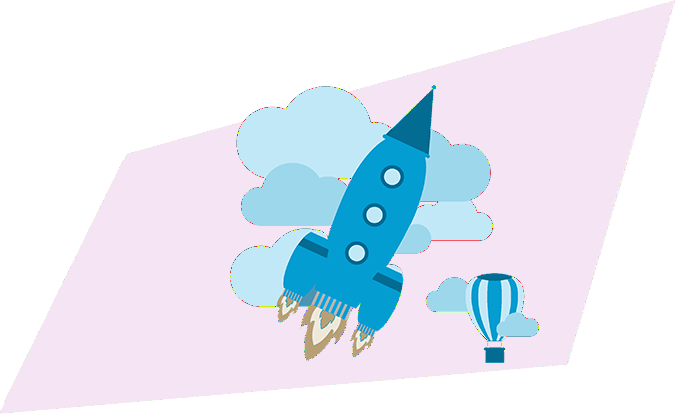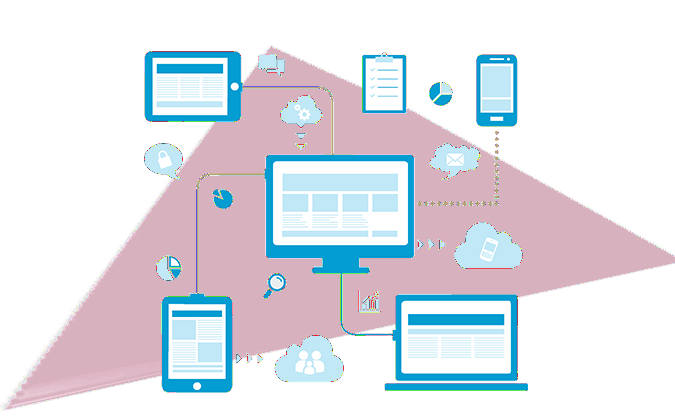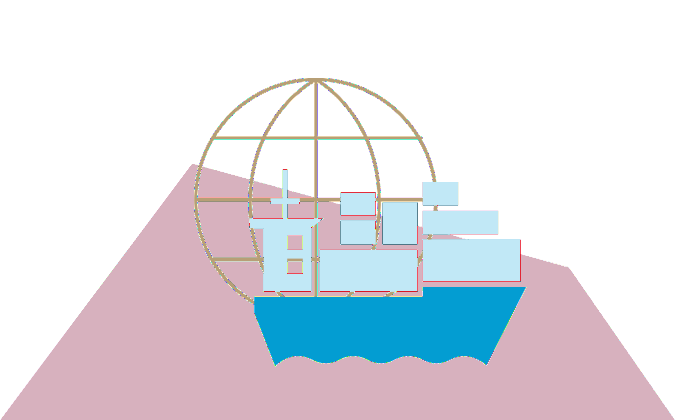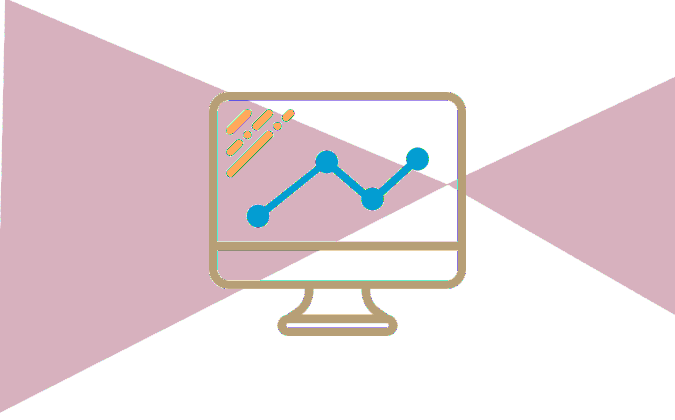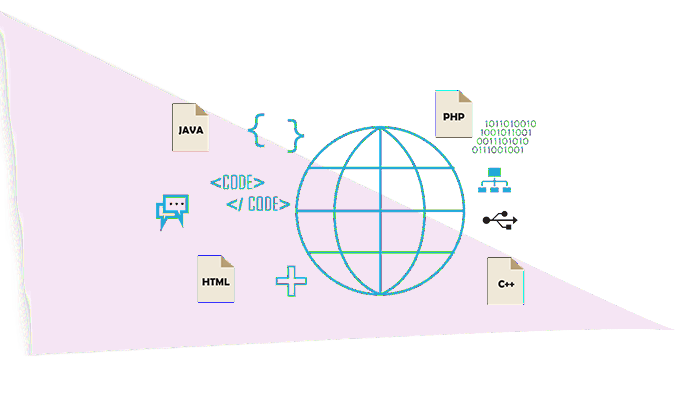
Continous Development The core tenet of agile development practice is to provide iterative and continuous development capabilities. Building a system in smaller chunks (user stories) over single or multiple sprints to scope out user stories into sub stories supports the development effort. Developers complete these tasks, build and unit-test software, and commit their working code to the repository. As developers commit tasks, the whole user story slowly unfolds.
